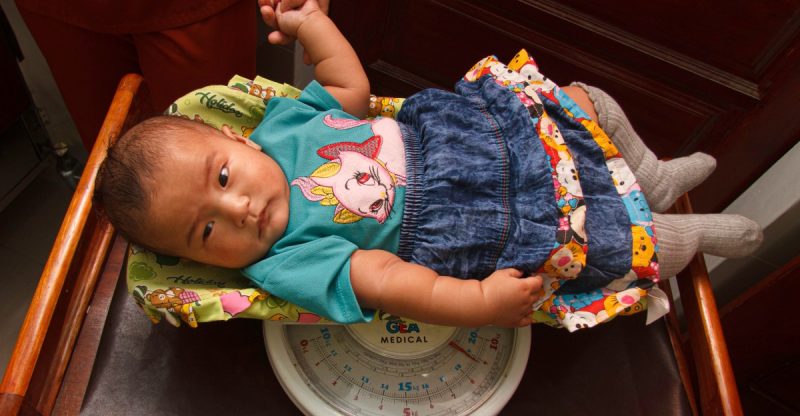
For millennia, a deep-seated bias favored boys over girls, leading to horrific practices like female infanticide and sex-selective abortions. This preference, often rooted in societal expectations and cultural norms, resulted in a staggering disparity in birth ratios, with millions of girls effectively ‘missing’ from the global population. The Nobel laureate Amartya Sen’s groundbreaking work highlighted this tragic reality, estimating that over 100 million women were missing due to this ingrained prejudice. The advent of ultrasound technology, while intended to improve prenatal care, sadly exacerbated the problem, leading to a surge in sex-selective abortions, particularly in countries like India and China.
However, a remarkable shift is underway. Recent data reveals a dramatic decline in the global excess of male births. The number has plummeted from a peak of 1.7 million annually in 2000 to around 200,000, effectively closing the gap towards the natural birth ratio. Countries like South Korea, which once saw a drastically skewed ratio, now exhibit near-normal numbers. This monumental change represents the saving of an estimated 7 million girls’ lives in the last 25 years – a figure comparable to the lives saved by anti-smoking campaigns in the US.
This positive trend is fueled by several factors. Progress in gender equality, particularly in education and the workplace, has empowered girls and women. Girls are now outperforming boys academically in many areas, and increasingly dominate higher education. While the gender pay gap persists, it’s shrinking, and in some US cities, young women are earning more than their male counterparts. Government policies have played a crucial role, with crackdowns on sex-selective abortion technologies and public awareness campaigns promoting gender equality.
The change is not just reflected in birth ratios but also in shifting attitudes. Opinion polls show a dramatic decrease in the belief that having a son is essential, with many couples now expressing a preference for daughters. This shift is also evident in IVF choices and adoption preferences. The trend of parents continuing to have children until they have a son has reversed, further highlighting the changing social landscape.
While significant progress has been made, challenges remain. Some regions, particularly in northwest India and parts of sub-Saharan Africa, still grapple with skewed birth ratios or post-birth discrimination against girls. The fight for gender equality and an end to violence against women continues globally. Furthermore, some of the reasons behind the shift towards a preference for girls may stem from concerning stereotypes, such as the expectation that girls will provide care in old age.
Despite these complexities, the decline in boy preference is a powerful symbol of social progress. It’s a testament to the collective efforts toward gender equality, and a hopeful sign that we are moving towards a future where all children, regardless of gender, are equally valued and cherished.










